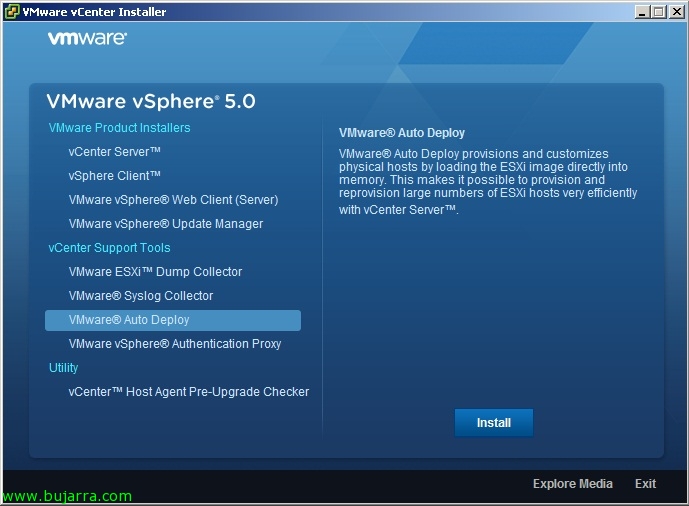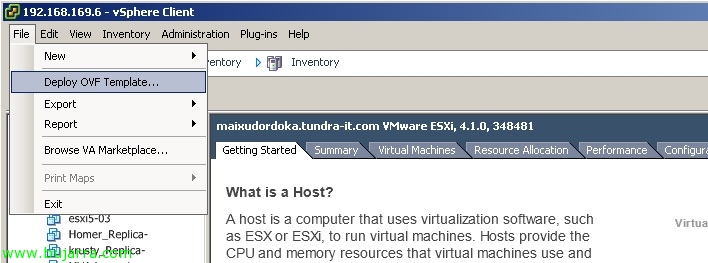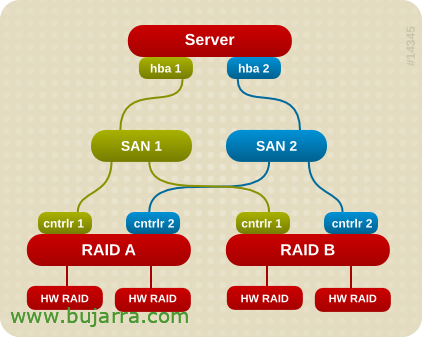Integrating Lync Server 2010 with OWA
In this document, we'll look at how to integrate instant messaging between Microsoft Lync Server 2010 and Microsoft Exchange Server 2010 SP1 allowing our users to connect from the outside without the Lync client, something that is missing when it previously existed in Office Communications Server, so that our users, once logged into OWA, will be able to use instant messaging from a browser anywhere securely and with any device,












































